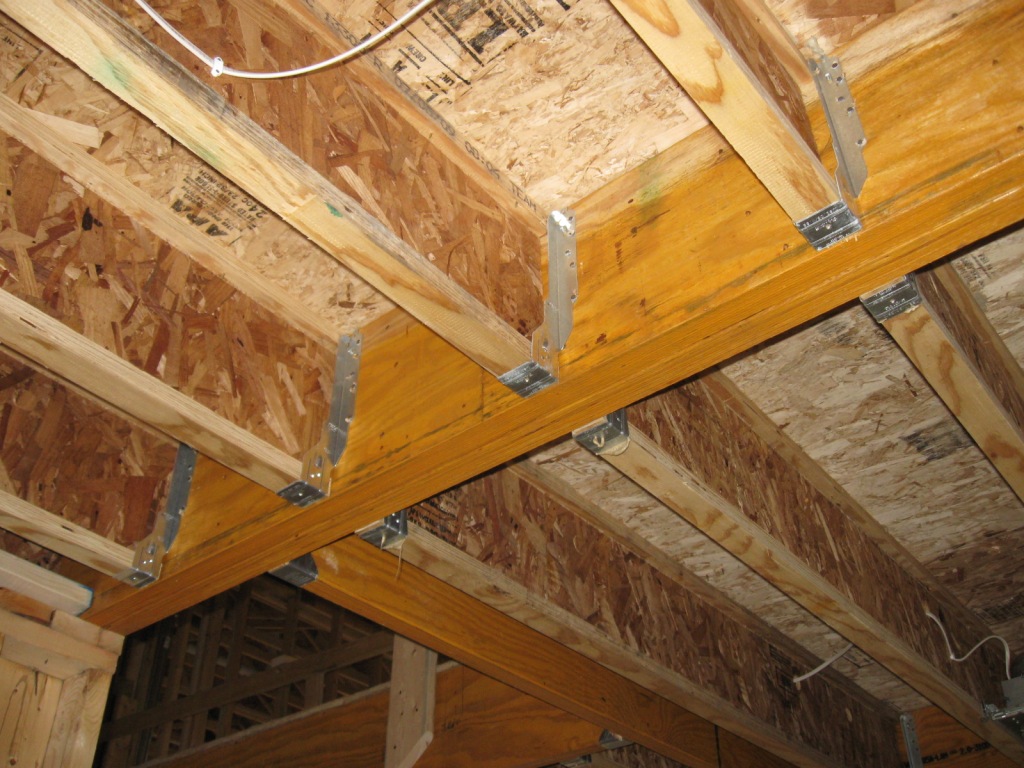Building Material Prices Continue to Rise
0 Comments | Posted by armchairbuilder in Build Your Own Home, Owner-Builder, Save Money
.
Building material prices continue to rise because of reduced manufacturing capacity and increased demand from new housing starts. Anyone thinking of building or remodeling needs to carefully consider their material choices as prices have gone up…dramatically in some cases. Here we’ll share with you some of the increases and discuss some possible ways to minimize the impact on your project’s construction budget.
Oriented Strand Board
Oriented strand board, also called OSB, is a sheathing material used for many of the new houses built today. Over the years, OSB has taken over as the primary material used in new homes for subfloors and roof and wall sheathing. Because it comes from small wood chips glued together, it has traditionally been the more affordable building material choice over plywood and other structural sheathings.
Just how much has OSB gone up in relation to other building material prices? Well year-over-year, OSB prices are up over 100 percent. According to Scotiabank, profit margins are averaging 54 percent, up from negative readings just a few years ago. Help is on the way however as the improved demand and margins are encouraging producers to re-start plants that were shuttered during the housing recession. But don’t expect the prices to come down any time soon. As long as North American housing starts continue with the current pace, production won’t catch up until at least next year.
So what are your options in dealing with current building material prices? Plywood is considered by many builders as a superior product over OSB. Although traditionally more expensive, it probably makes sense to ask you lumber supplier for comparison pricing. Other options for sheathing substitutes would be Thermo-ply or similar structural manufactured products. These are structural panels that add rigidity to your home and can provide an air and water barrier. Your lumber supplier will be helpful in researching alternatives for quality and price.
Softwood Lumber
Unfortunately, there are more building material prices going up by the day. Softwood lumber is the material used to frame most homes in North America today. It’s important for anyone thinking of building to pay close attention to the price of softwood lumber as it can represent anywhere from five to eight percent of the cost of a new home. This framing lumber has not been immune to the recent material price increases. According to the Bureau of Labor Statistics Product Price Index, the price of softwood lumber is up 30 percent over last year.
Unless you choose to build your new dream home’s structure with steel or concrete, you will most likely use large quantities of softwood. However, there are a few steps you can take to minimize the affect on you budget.
- Roof Trusses – By using roof trusses instead of traditional rafters and beams, you will effectively use less softwood material
- Stud Spacing – You may want to increase the stud spacing on non-load bearing walls
- I-Joists – Manufactured joists decrease your dependence on softwoods in traditional 2×10 and 2×12 joists. These joists typically use an OSB web and a glue lam top and bottom cord
Gypsum
Gypsum is used in the drywall for new residential construction. According to the Bureau of Labor Statistics latest Producer Price Index, gypsum prices are up 18 percent over last year. Drywall typically makes up about 5 percent of the cost of a new home and you can figure about half of that cost is for labor. So, be sure to figure the additional material cost into your preliminary budgets.
Building Material Prices Going Forward
Additional residential building cost increases are inevitable over the near term as home building heats up in the U.S. According to leading economists, the predicted increases going forward are as follows…
- 2013 – Material Cost Increases of 2 to 4%, Labor Cost Increases of 2 to 3.5%
- 2014-2017 – Material Cost Increases of 3 to 8%, Labor Cost Increases of 2-4%

For a modestly priced home of $200,000, typical building costs will be in the $120,000 neighborhood. If actual cost increases come in somewhere in the middle of the predictions at 5.75%, building costs will rise $6,900 per home this year.
Building material prices are going up…that’s a fact. However with the proper planning, you can lessen the affect they have on the overall cost of your new home. Have you ever thought about building your own home? Stop by our Resources Page for videos, articles and digital resources to help you make it happen.



